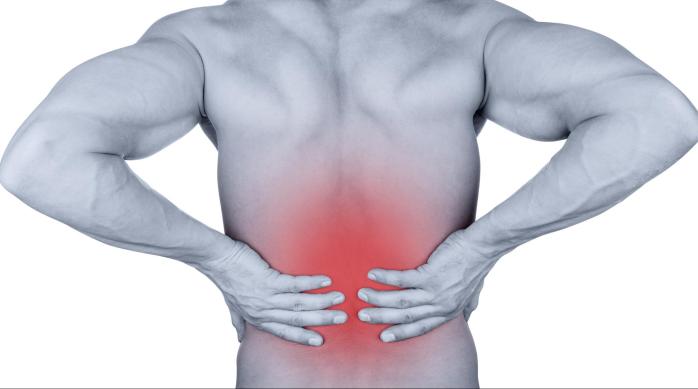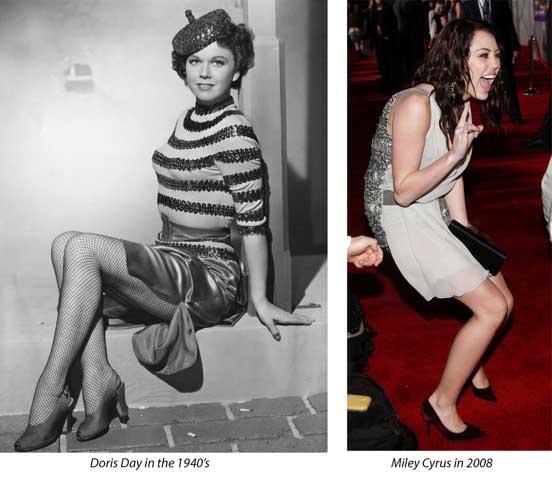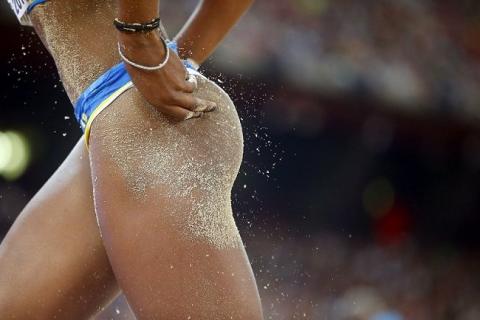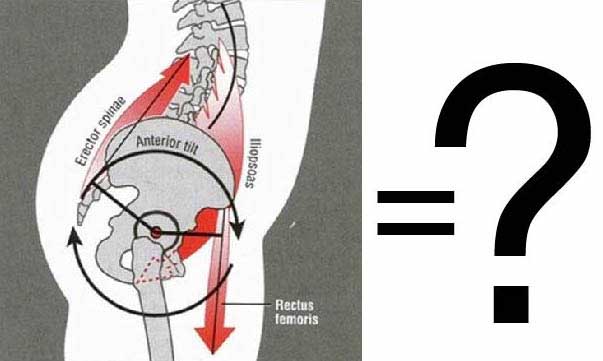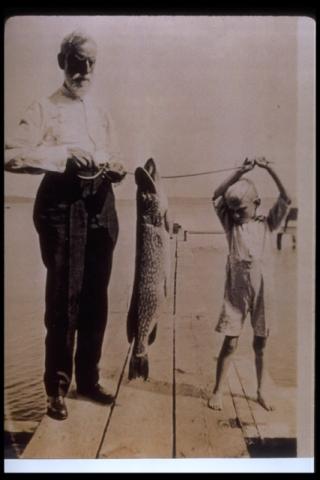We’re very excited to announce recent validation of the Gokhale Method and Postural Modification by the world’s first crowdsourcing platform for medical interventions, www.HealthOutcome.org.
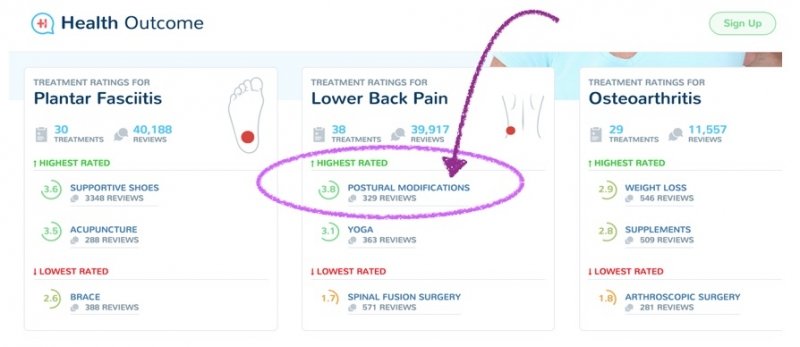
Health Outcome homepage showing the highest and lowest rated solutions for Lower Back Pain
On this groundbreaking website, members of the public share what interventions they have... Read more


